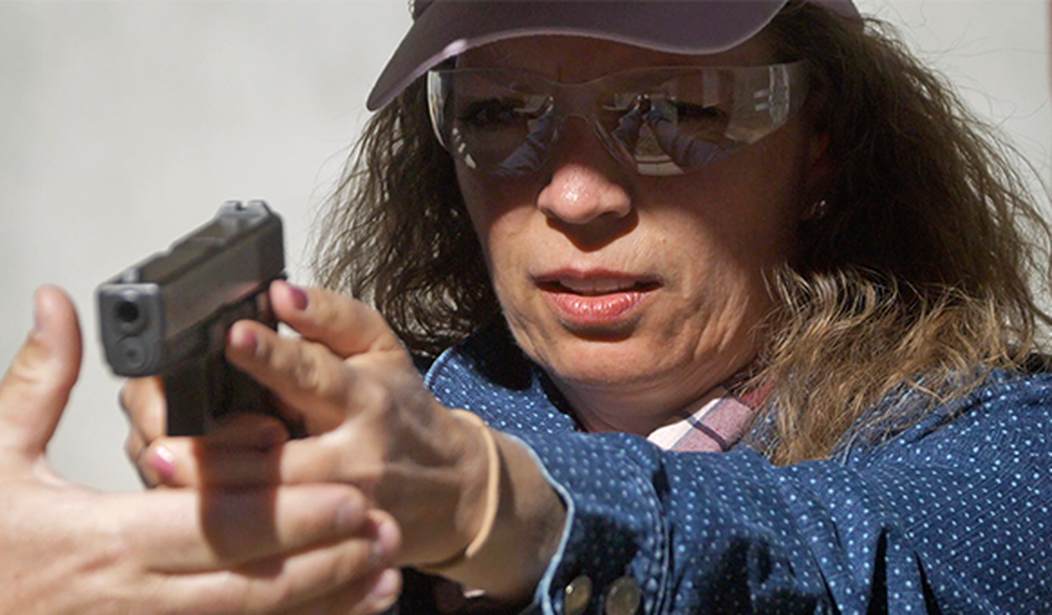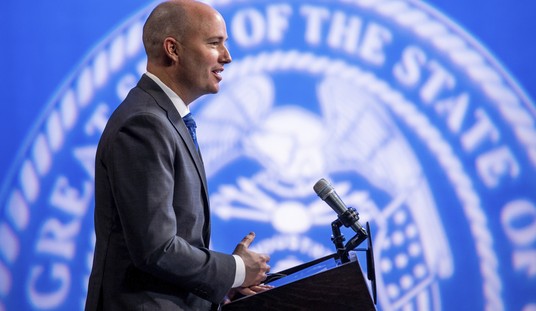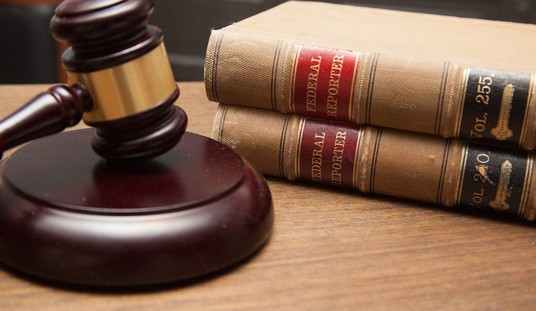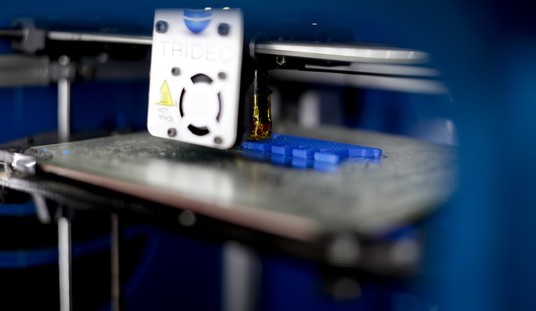School shootings are a real fear for many Americans. Following some of the recent high-profile school shootings, I can understand why. Yes, they’re rare and shouldn’t be a major cause for concern, the media has latched onto these events making them seem like a more pressing problem, scaring the crap out of millions of people for no good reason.
In many districts, especially where permissible, teachers have decided that it’s time to take steps to protect both themselves and the teachers.
The rules to do so are different in different places. In Ohio, some teachers recently went through such training.
Until May, Angie had never touched a gun. Now, she’s in the middle of three days of target practice, firearms skills, and tactical training run by the group FASTER Saves Lives.
And soon, if everything goes to plan, the fifth grade English and science teacher will be carrying a gun in her Ohio classroom.
“I volunteered,” she said. “Our district has armed staff to protect our students, and I was asked to join the program, so I agreed.”
Arming teachers to prevent or lessen the death toll of mass shootings is a controversial proposition, and the training teachers receive before being authorized to carry guns in the classroom is one of the biggest sources of debate.
Before 17 students and staff were killed in a shooting at Marjory Stoneman Douglas High School in Parkland, Florida in 2018, about 250 school districts around the country allowed staff to carry guns. Since, according to a VICE News investigation, that number has nearly doubled, to at least 466. But, as VICE points out, getting an exact number is difficult — districts don’t always tell the public or state officials that they’ve armed their staff.
At Angie’s school, a third of the faculty already carry guns anonymously. The public knows that some teachers and administrators are carrying, but they don’t know who. Not even their unarmed colleagues are supposed to be in the loop.
That’s for the best. If no one knows who is armed, they don’t know who to target first in the event of a shooting. While it’s likely that such a killer wouldn’t care, why risk it? Better to add uncertainty to the equation, especially since some schools may lack any armed teachers. That uncertainty might just be all that keeps staff and students safe.
Others are skittish about armed teachers. They’re convinced that people who have taken on a career typically categorized by low pay and high expectations but who do it anyway because they want to help people are suddenly going to flip out and kill truculent students.
However, on the contrary, it seems many are having to be trained to shoot at all.
Angie pauses. Maybe, she thinks, she should try to talk him off the ledge.
“But then I look and everyone is dead and he’s got the gun to his head, and it’s like, what’s the right choice right now?” she recalls later. She does what she’s been trained to do: she shoots to kill.
Afterwards, debriefing the scenario, she tells Blubagh she thought maybe she should have tried to deescalate instead.
“Shooting people is a deescalation technique,” Blubagh replies. “If someone comes in your school with a gun and they’ve murdered eight people, is shooting not deescalating the situation?”
That line, “Shooting people is a deescalation technique,” is perhaps my new favorite phrase. I’m just going to put that out there.
Now, that’s not to say that it’s the only one. I’m quite sure Blubagh, a police officer, doesn’t teach that either. However, sometimes, shooting is the only viable deescalation technique there is.
Frankly, I suspect we’ll need to worry more about whether teachers will pull the trigger when needed than worry about them suddenly killing disobedient children. They’ll need to learn that shooting a bad guy really is a deescalation technique.








Join the conversation as a VIP Member